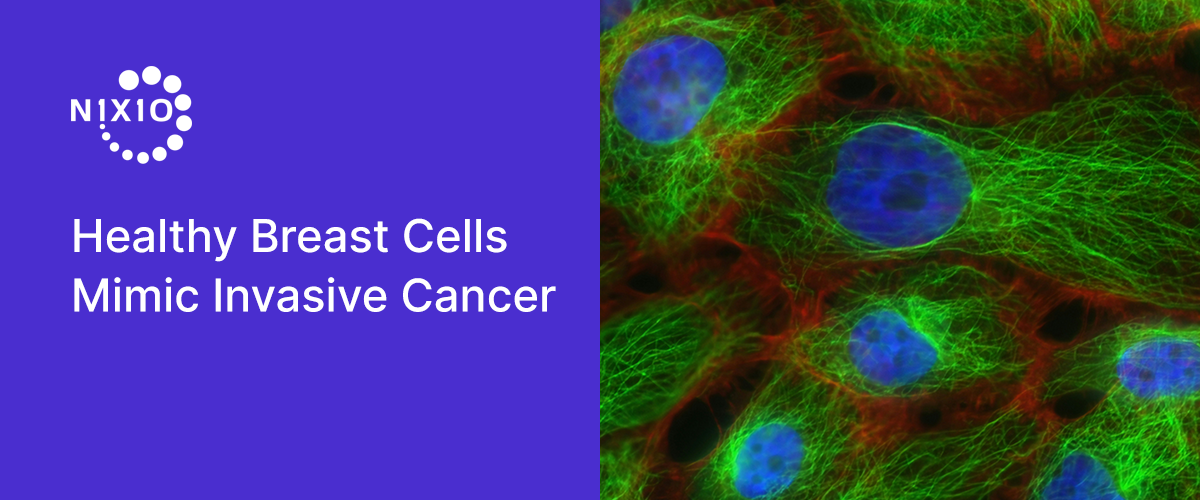Each cell in the human body has 23 pairs of chromosomes — half inherited from the mother and half from the father. During cell division, each cell makes copies of these chromosomes to pass down to two daughter cells. But on rare occasions, such as during tumor development, this process may be derailed, resulting in an extra or missing copy — known as aneuploidy.
Research has shown that about 9 in 10 solid tumors harbor some aneuploidy. However, aneuploidy in healthy cells was considered rare, and hence it was thought to be a valuable marker for screening for cancer. So, scientists have begun developing screening methods that test for aneuploidy in patients’ blood and tissue samples. However, the approach has not been widely used in the clinic.
In a recent report, (1) scientists at the University of Texas’ MD Anderson Cancer Center, analyzed more than 83,000 breast epithelial cells from 49 healthy women who had undergone breast reduction surgery and did not have cancer. They profiled the genetic makeup of these women and then used another test, called the assay for transposase-accessible chromatin sequencing (ATAC-seq), to look for any genetic anomalies characteristic of an invasive cancer. They found a median of 3.19% of the cells in the inner lining of a healthy breast, known as breast epithelial cells, were aneuploid. More than 80% of these aneuploid cells had changes in their DNA structure that may alter gene expression — how genes are switched on or off — and lead to diseases, such as invasive cancer. “This was very unexpected,” said Nicholas Navin, a study co-author. “We would have classified these cells as having invasive breast cancer based on these [DNA] aberrations.”
The most frequent chromosome changes in these healthy women were extra copies in chromosome 1, and losses of chromosomes 16, 10 and 22, which scientists consider the hallmarks of an invasive cancer. These changes are often associated with distinct types of cells in the milk ducts that lead to different breast cancers. For example, losses of chromosomes 16 and 22 are often associated with breast cancers that are brought on by levels of the hormone estrogen, also known as estrogen-receptor (ER)-positive breast cancer. A loss of chromosome 10, meanwhile, is associated with ER-negative breast cancer. The loss of chromosome 16 has been used to identify invasive breast cancer.
It’s not clear yet whether the women in the study will develop breast cancer. Now, “the question is whether women with higher frequencies of aneuploid epithelial cells and copy number events (CNAs) are at higher risk for developing breast cancer,” Navin said. He and his team are now investigating whether aneuploidy could be used to identify tissue in healthy women that are more likely to develop tumors.
The study showed that most healthy women harbor rare populations of aneuploid epithelial cells in their breast tissue that expand and accumulate with age. The team expects that these rare aneuploid cells are not restricted to breast tissues and may also exist in other normal organ systems that can be investigated using a similar framework. “Future work in this area will undoubtedly lead to new insights into cancer initiation and begin to address the fundamental question of when a cancer is really a cancer,” wrote the authors.


